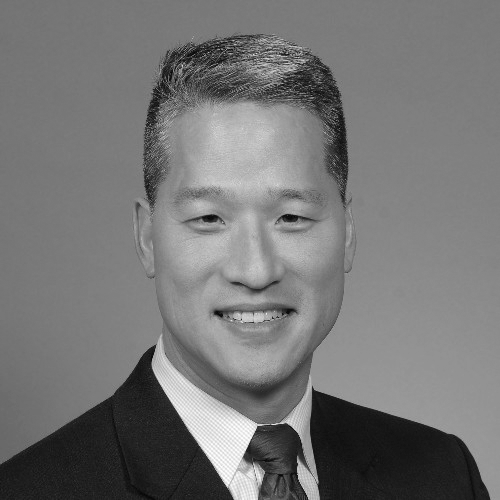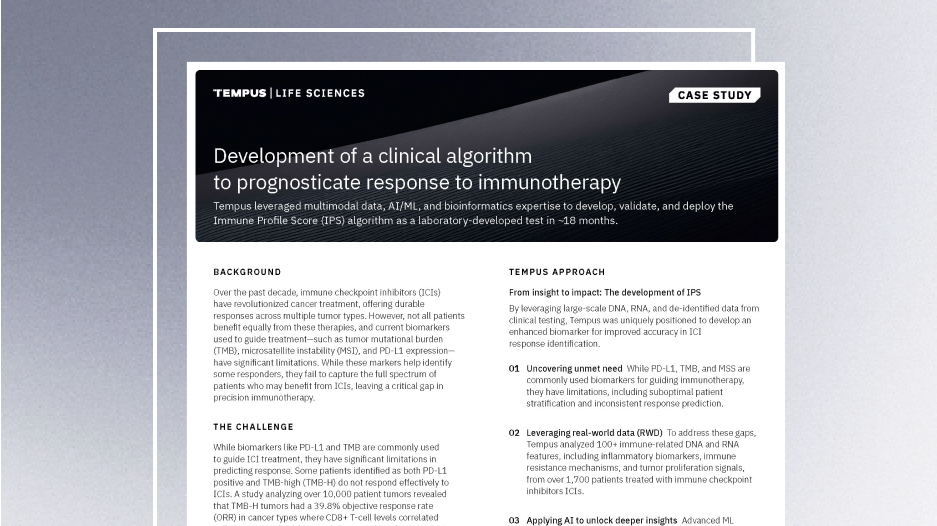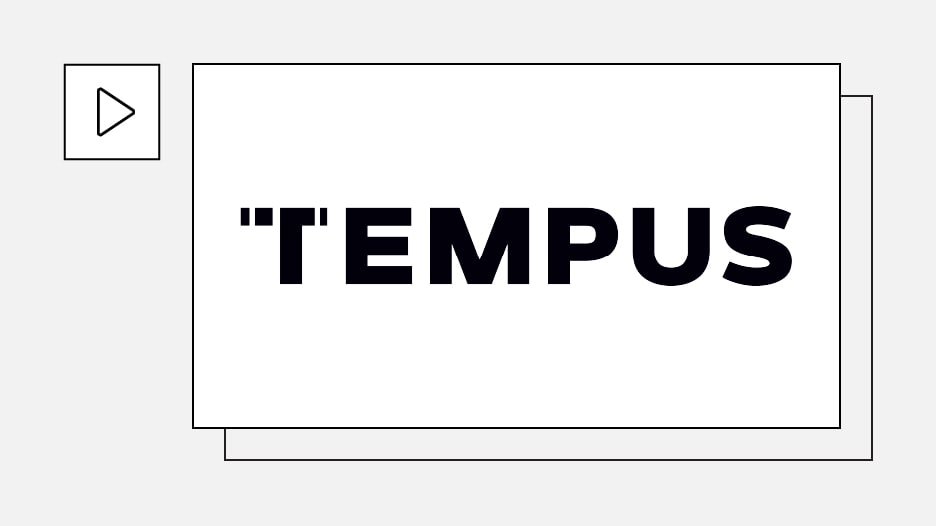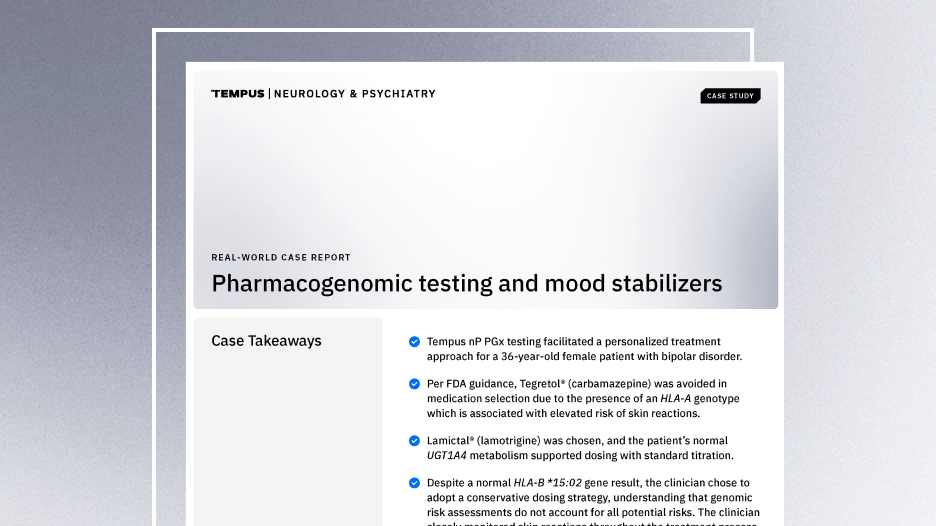-
PROVIDERS
Register now
Are you getting the full picture? A webinar series on the power of comprehensive intelligent diagnostics
-
LIFE SCIENCES
Enroll now
Tempus’ Patient-Derived Organoid ScreensEvaluate the efficacy of your preclinical compounds using fixed organoid panels designed for diverse therapeutic applications. Space is limited — enroll by June 30, 2025, to secure your spot.
-
PATIENTS
It's About Time
View the Tempus vision.
- RESOURCES
-
ABOUT US
View Job Postings
We’re looking for people who can change the world.
- INVESTORS
10/27/2023
Q&A: Grow your clinical trial portfolio and increase enrollment with the TIME clinical trial network
Jason Claes, Clinical Research Manager at TriHealth, shares his perspective on optimizing TIME to increase clinical trial enrollment.
Authors
Meghan Degele
Senior Director, TIME, Tempus

Jason Claes, MBA, MSM, GRCRA
Clinical Research Manager, TriHealth

Senior Director, TIME, Tempus

Jason Claes, MBA, MSM, GRCRA
Clinical Research Manager, TriHealth

TriHealth is a health system based in Cincinnati, OH, spanning four general hospitals, two emergency medical centers, and a rehabilitation hospital. The TriHealth Cancer Institute is the largest personalized medicine program for adults in the region.
Meghan Degele, Senior Director, TIME, recently sat down with Jason Claes, MBA, MSM, GRCRA, to discuss how he maximizes the impact of the TIME program to improve and grow his entire clinical trial portfolio at TriHealth. TIME is a just-in-time trial network that leverages data, technology, and a network of site partners to accelerate patient enrollment and open trials in an average of 10 business days. Read on to learn more.
Responses have been edited for clarity and length.
Meghan Degele: Could you please share what challenges you were facing at TriHealth that brought you to look at the TIME program as a solution to enhance your clinical trial portfolio and processes? |
Jason Claes: Our partnership with TIME started two years ago when we had just lost an opportunity for a huge prostate study, caused by the nine months it took to navigate processes within our system to secure all the approvals and signatures needed to open the new trial. Our Medical Director said this can’t happen again, and that’s why we turned to TIME. TIME is fundamentally different because it does two things:
In contrast, in my experience with other institutions, you start from ground zero every time we look at a new study opportunity. We examine the study protocol, drill down into the details, switch over to our EMR system for an initial data mine, discuss, and come back to the EMR for additional data mining. TIME helped us eliminate the first vetting within the EMR system. We already know the base potential population who could benefit from the trial. 1. NGS sequencing with Tempus is not required for the TIME program |
|
Jason Claes: Enrollment in my total clinical trial portfolio has grown from 2% to 17.5% in this recent fiscal year, with 37% of total enrollment attributed to trials that are in the TIME network. Three factors allowed us to achieve this 9x growth:
|
|
| Jason Claes:There is a financial impact to bringing a protocol live. I have an economics and finance background, I ran several clinical divisions, and I’m all about breaking even. That’s the first thing that I noticed with Tempus TIME trials. The program is actually looking out for us as a site to be able to financially cover our costs to bring a particular protocol to our patients.
As an example, collecting vitals or collecting a liquid biopsy — it could be one in the same. But, I look at what is the true labor cost of each activity? What does it cost my CRC in time, and I equate that into dollars. Now looking at the whole picture, I don’t just look at screening cycle day one. I evaluate a trial from the perspective of the cost if a patient goes through the entire study, and ask if the study is going to cover the cost of my scan in three years because of inflation. With TIME, we are able to say this study is very favorable for us to take on, or at least allows us to break even. So knowing this, I don’t have to worry about the financial feasibility of a TIME trial, or put as much effort into the financial factors compared to a trial that is not a part of TIME. |
|
| Jason Claes:TIME provides us with great customer service. For example, I’ve said to your team that we are very interested in a particular trial and are considering opening it up; however, we need some slides to be able to talk about this trial internally. Then, all of a sudden, I get these timely slides that can speak about the trial from a provider’s perspective, answering the question what does the trial specifically do for the patient, which is a critical piece of the conversation that our providers are asking. The customer service that TIME gives allows us to capture and maintain excitement and momentum with our providers and research team in regards to trials that are in our portfolio. |
Meghan Degele: As we wrap up, what advice do you have for any new sites that are joining the TIME network?
|
Jason Claes:Two things come to mind that have had the biggest impact:
|
-
04/02/2025
Development of a clinical algorithm to prognosticate response to immunotherapy
Discover how Tempus developed and deployed the Immune Profile Score (IPS)—a powerful algorithm that provides prognostic insights into patient outcomes following treatment with immune checkpoint inhibitors (ICIs)—in ~18 months. This case study highlights the AI-driven methodology, real-world validation, and the impact of IPS in precision oncology.
Read more -
03/25/2025
AI & ML in action: Unlocking RWD with GenAI through Tempus Lens
Discover how Tempus is equipping researchers with innovative AI solutions to fully leverage the potential of multimodal data. Gain insights from a panel of leaders across healthcare and life sciences as they discuss the impact of these advanced tools on delivering insights with speed.
Watch replay
Secure your recording now. -
03/11/2025
Case Report: Pharmacogenomic testing and mood stabilizers
This real-world case demonstrates how the Tempus nP pharmacogenomic test facilitated a personalized treatment approach for a patient with bipolar disorder.
Read more


